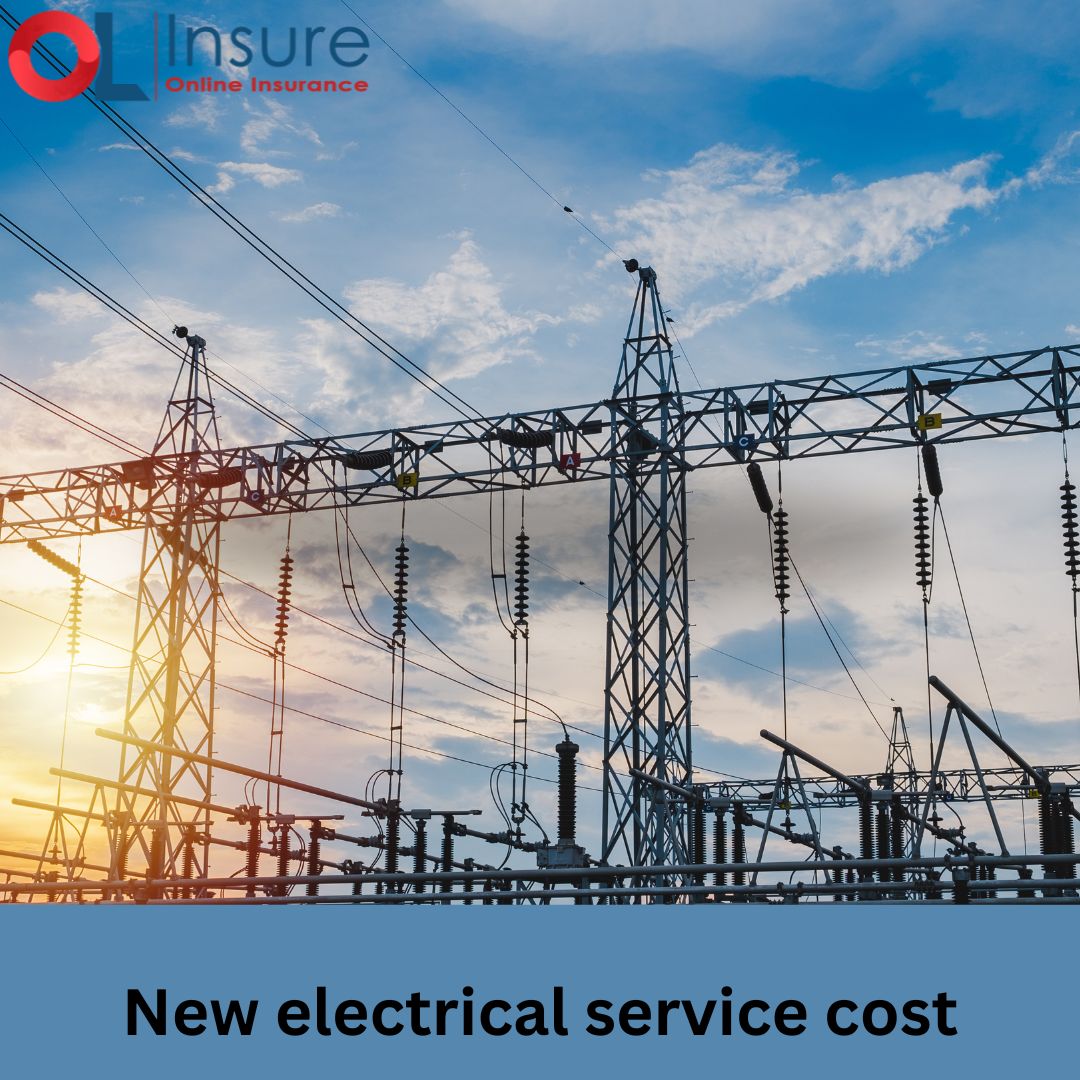acf domain was triggered too early. This is usually an indicator for some code in the plugin or theme running too early. Translations should be loaded at the init action or later. Please see Debugging in WordPress for more information. (This message was added in version 6.7.0.) in /www/wwwroot/leadcont.com/blog/wp-includes/functions.php on line 612117950 NW 53rd Street Suite 337
Miami, Florida 33166

Upgrading your home’s electrical system can significantly improve safety, efficiency, and convenience. Whether you’re preparing to sell your home or simply looking to enhance your living environment, electrical upgrades are a smart investment. Below is an in-depth look at ten common electrical upgrades, including their average costs and the benefits they offer.
A circuit breaker panel upgrade is one of the most important electrical upgrades you can make.Many older homes have electrical panels that aren’t equipped to handle today’s modern power demands.Upgrading to a new panel increases your home’s capacity to manage more circuits safely.
An upgraded panel reduces the risk of electrical fires caused by overloaded circuits. Newer models come with advanced safety features, including arc-fault circuit interrupters (AFCIs), which can detect dangerous electrical arcs.
A larger panel allows for the addition of more appliances and devices without the worry of overloading circuits. This is especially beneficial if you’re considering home renovations or adding more technology to your home.
Power surges can damage your electronics and appliances, costing you hundreds or even thousands in repairs. Installing a whole-house surge protector helps to safeguard your home from these unexpected surges.
Surge protectors divert excess voltage away from your devices, protecting them from lightning strikes, power outages, and utility issues.
While the initial investment might seem significant, the protection a surge protector offers can save you money over time by preventing damage to costly electronics like computers, televisions, and refrigerators.
If your home is older, it likely has outdated wiring that may not meet current electrical codes.Rewiring can improve safety, increase efficiency, and boost functionality.
Old wiring can lead to overheating and electrical fires. Rewiring eliminates these hazards and ensures your home meets modern safety standards.
New wiring can support modern electrical demands, such as higher voltage appliances and energy-efficient systems. This can lead to lower energy bills and a more reliable electrical supply.
Ceiling fans are a cost-effective way to improve comfort and reduce energy costs. They circulate air, making your home feel cooler in the summer and warmer in the winter.
Using ceiling fans allows you to set your thermostat higher in the summer and lower in the winter, which can significantly reduce your heating and cooling costs.
Ceiling fans come in various designs that can enhance the decor of any room, adding both functionality and style.
Increased outlet availability reduces the need for extension cords, which can pose safety hazards. Adding outlets is particularly useful in kitchens, living rooms, and home offices.
More outlets allow you to easily plug in devices without having to unplug others, making your home more functional for everyday life.
Properly installed outlets minimize the risk of overloading circuits, which can lead to electrical fires.
Smart home technology, including smart thermostats, lighting, and security systems, provides convenience and energy savings.
With smart technology, you can control various aspects of your home remotely via smartphone apps, enhancing your lifestyle and allowing for efficient energy use.
Smart thermostats can learn your habits and adjust temperatures accordingly, significantly reducing your energy bills over time.
Exterior lighting enhances the safety and security of your home while improving its curb appeal.
Properly lit outdoor areas deter intruders and provide safe pathways for family and guests at night.
Well-designed exterior lighting can highlight landscaping features and architectural details, enhancing your home’s overall appearance.
GFCI outlets are crucial for areas where water is present, such as kitchens and bathrooms. They help prevent electrical shock and reduce the risk of electrical fires.
GFCI outlets shut off electricity when they detect a ground fault, protecting users from potential electric shock in wet conditions.
Installing GFCIs is often required by code in areas where water and electricity may come into contact, making it a necessary upgrade for safety and compliance.
Switching to LED lighting can drastically reduce energy consumption and costs. LEDs are more efficient than traditional bulbs and last significantly longer.
LEDs consume up to 75% less energy than incandescent bulbs, resulting in significant savings on your electricity bill.
LEDs can last up to 25,000 hours or more, reducing the frequency and cost of replacements.
As electric vehicles become more popular, having a home charger adds convenience and can save you money on fuel costs.
Having an EV charger at home allows you to charge your vehicle overnight, ensuring it’s ready to go each morning without the need to visit public charging stations.
As the demand for electric vehicles continues to rise, installing a home charger can increase your home’s value and appeal to potential buyers.
Investing in electrical upgrades is a strategic move that enhances your home’s safety, efficiency, and overall quality of life. Each upgrade not only addresses current needs but also future-proofs your home, making it more appealing to potential buyers. While costs can vary, the long-term benefits—such as reduced energy bills and increased property value—often outweigh the initial expenses.
At LeadCont, we understand the importance of these enhancements. If you’re ready to improve your home’s electrical system, register for your free quote today and discover how we can help you create a safer, more efficient living environment.
Ever find yourself staring at your computer screen a good consulting slogan to come to mind? Oftentimes.
